Travels
Visiting Yellowstone: America's First National Park
The natural wonders of Yellowstone National Park are unlike anything else. Visiting there is like stepping into another world. Spectacular hiking routes, magnificent views, and geysers spewing water for over 125 ft into the air are just a few of the highlights. Yellowstone is unlike any other place on Earth, and there is something for everyone, from toddlers to adults. This guide will put you through everything you need to know before you plan your trip.
A Brief History of Yellowstone National Park
The Yellowstone region has a human history dating back over 11,000 years. People's stories are maintained in Yellowstone through archeological sites and artifacts that provide information about historical human activity in the area, and via people's relationships to the land, which provide a feeling of place or identity. Before and after European American settlement, the park served as a home, hunting grounds, and transportation route for several tribes and bands.
Yellowstone became the first national park in the world in 1872. The park is still one of the most visited national parks in the United States, with millions of tourists each year. Yellowstone National Park is one of the largest national parks in the United States, spanning almost 3 475 mi² and extending into sections of Wyoming, Montana and Idaho. It's also home to more geysers and hot springs than any other area on the planet, as it sits atop a dormant volcano.
From the Yellowstone Grand Canyon to species like America's largest buffalo herd, grizzly bears, and wolves, this unique national park has it all. Yellowstone National Park contains over half of the world's hydrothermal phenomena, giving the impression that the place is magnificent.
How to Get There
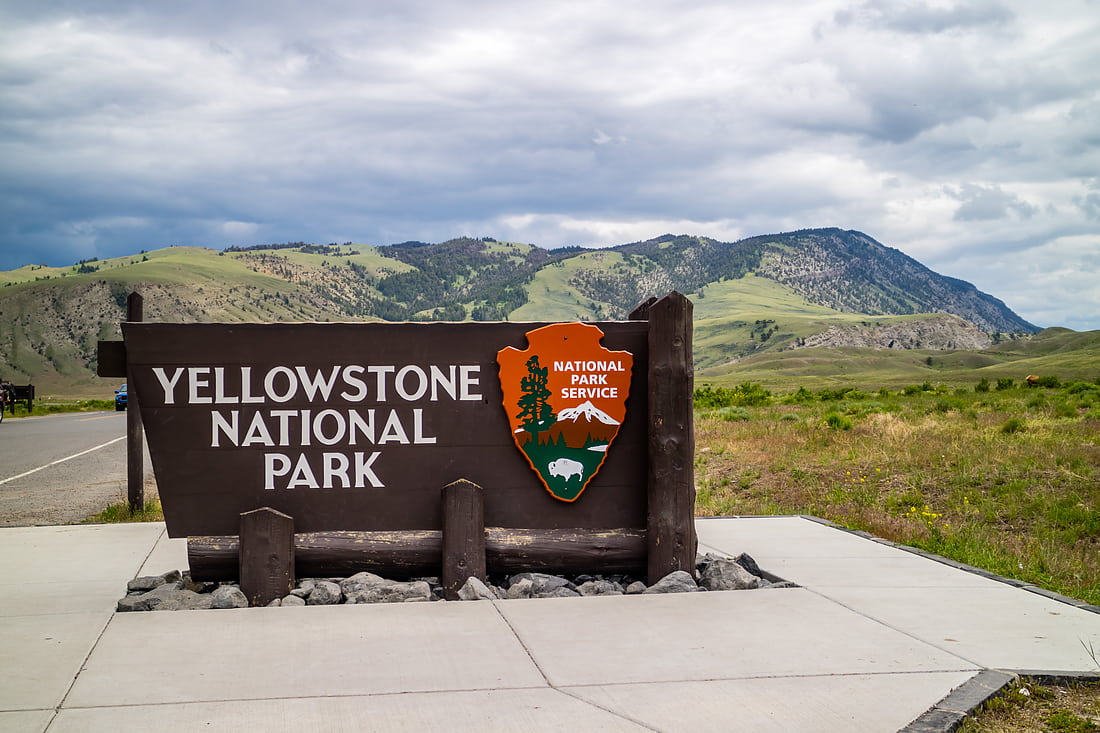
Yellowstone National Park has five entrance stations. They are the North, Northeast, East, South, and West. Traveling from one entrance station to the next can take several hours, so plan. While the park is open all year, the majority of the park roads are restricted to regular traffic from November to April due to snow. The North Entry at Gardiner, Montana, where President Theodore Roosevelt dedicated the renowned arch, is the only entrance that is always open. Before coming, check the road map for road conditions, construction, and closures.
The nearest airport to the North Entrance is Bozeman Yellowstone International Airport in Montana, however, there are smaller airports in Jackson, Wyoming, and Idaho Falls, Idaho. However, the closest major airport is in Salt Lake City, which is about a five-hour drive away.
Best Times to Visit Yellowstone
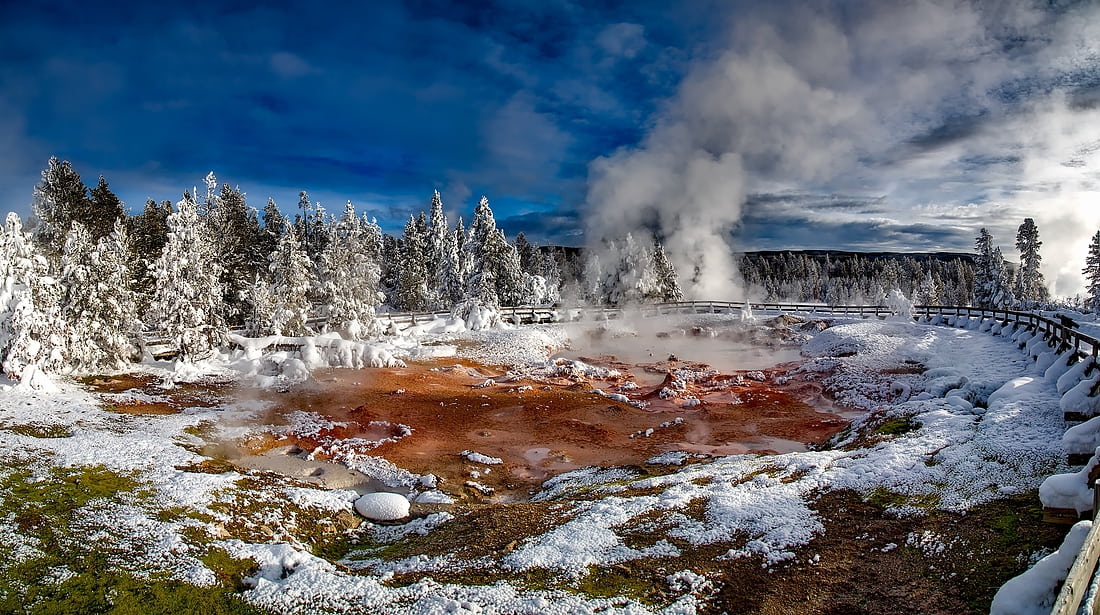
Yellowstone National Park is best visited in late April and early May, as well as September and early October. Warm weather, fewer crowds, and few to no road closures are all available during the shoulder months. The months of July and August are the busiest. This Park, on the other hand, is no stranger to the cold. In summer, temperatures drop as low as 32°F in the higher parts of the park. In winter, expect a wide range of fluctuations, and temperatures can drop as low as 5°F. Don't let that discourage you; witnessing plumes of steam erupt from beneath a heavy blanket of snow and ice is a sight to behold.
Things to Do in Yellowstone
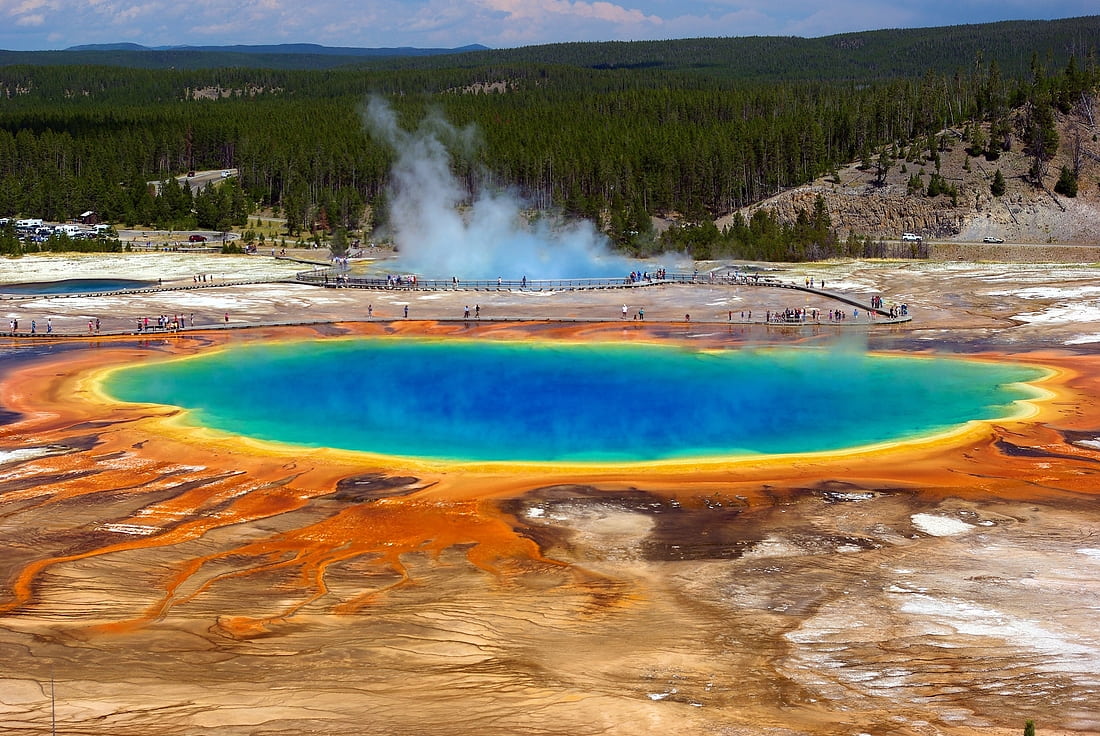
See Giant, Colorful Hot Springs and Watch Geysers Erupt
Yellowstone is home to the world's largest and active geyser field and the world's most iconic geyser, Old Faithful. It is also one of the most popular and recognized natural wonders in the United States. There are also hundreds of multicolored hot springs and pools, including the Grand Prismatic Hot Spring, which is considered the third-largest spring in the world and is deemed to be larger than a football field.
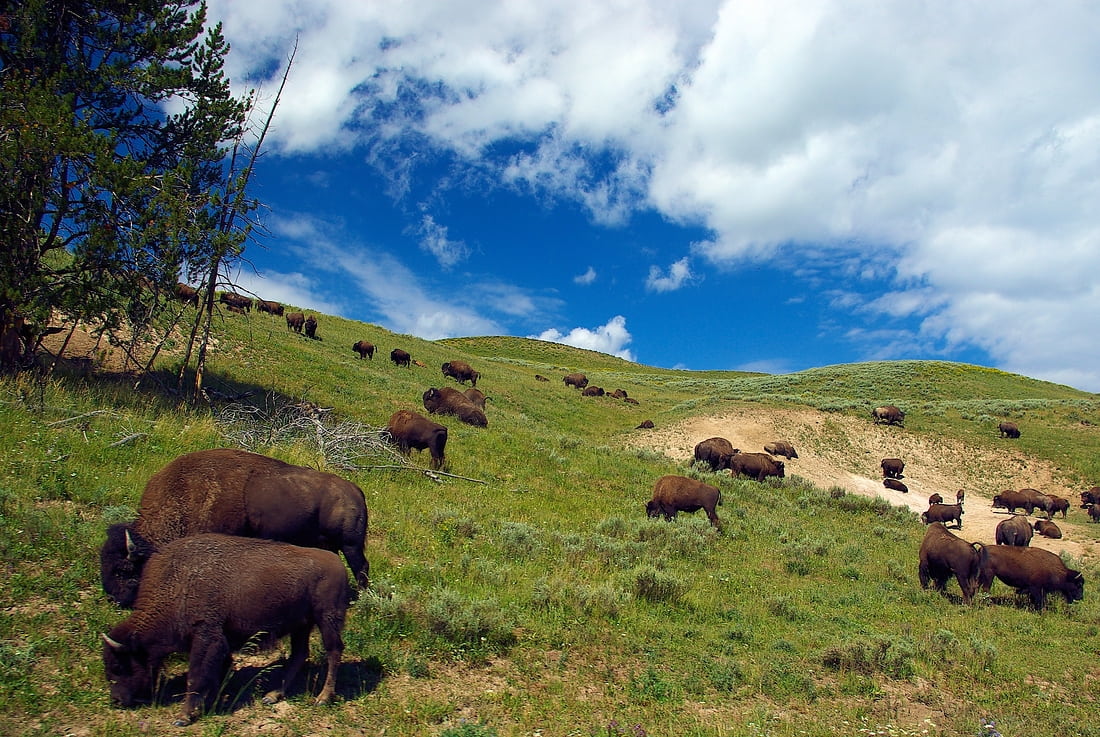
See Wild Animals in their Natural Environment
There are more wild animals in Yellowstone National Park than virtually anywhere else in the United States, yet it is not a zoo. In Yellowstone, visitors are likely to witness a variety of animals moving freely in their natural habitat. Grizzly bears, gray wolves, the world's largest wild bison herd, bald and golden eagles, trumpeter swans, moose, and other animals may be seen. Herds of wild horses can also be seen outside of Yellowstone, to the south and northeast of the park.
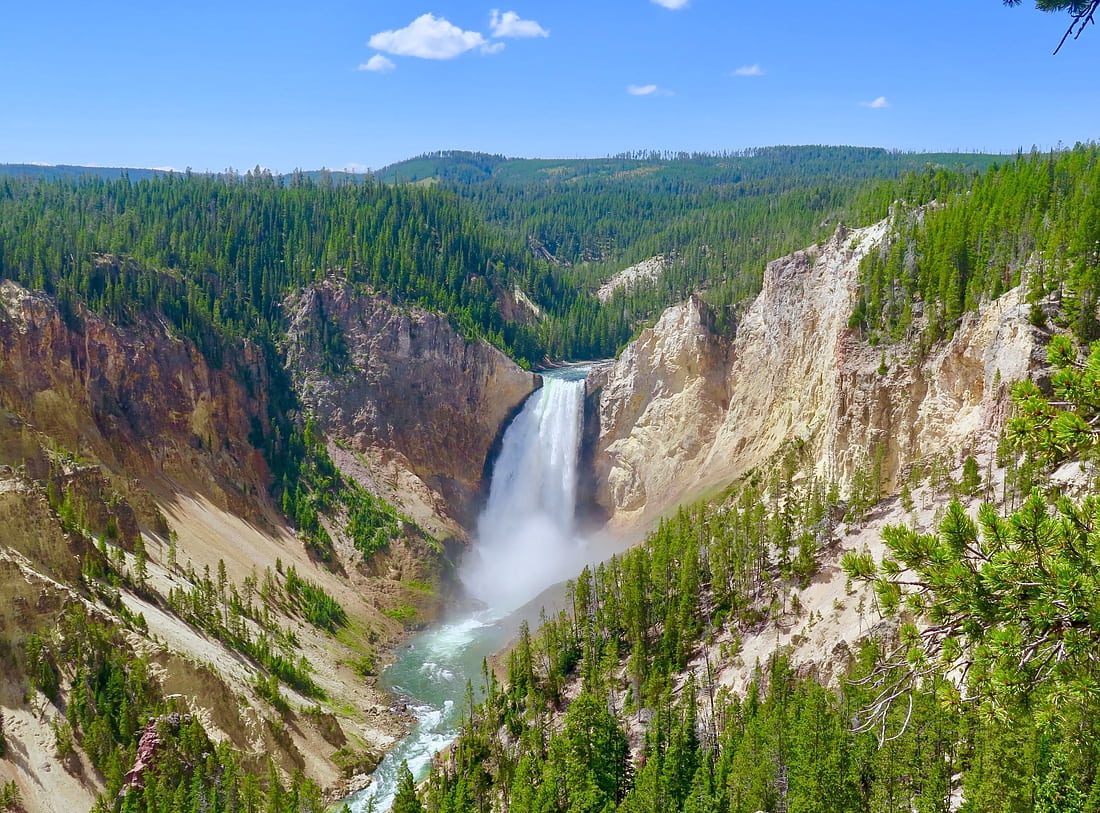
Go for Tours and Camping
Spending a night or more under the stars is one of the greatest ways to see the Yellowstone region. Given the park's immensity, most guided Yellowstone visits last several days. For individuals with limited time, one-day tours are available. Keep in mind that the weather can limit what you can see and how you get to different park sections.
At Yellowstone, there are 12 camping sites accessible. A dedicated "backcountry" camping area is available to visitors who choose to hike into a campground. Food poles are supplied at most campsites because bears are a major concern when camping in Yellowstone. Packing foods with strong aromas and changing out of clothes worn while cooking meals are two bare safety measures. Meanwhile, bring a Yellowstone National Park map with you when you travel or camp in the park, and ask Yellowstone Park rangers for further safety advice.
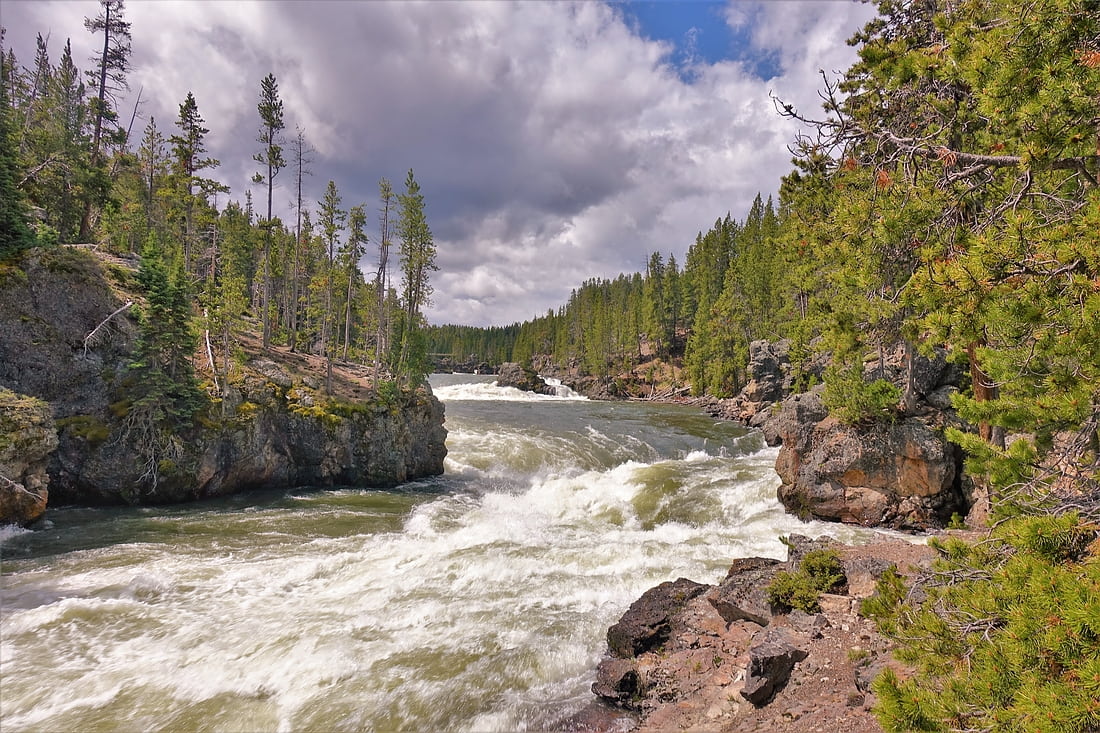
Take a Fishing Trip
Fishing in Yellowstone is a once-in-a-lifetime experience that can't be found anywhere else on the planet. For fly or lure fishing, make a cast into Yellowstone Lake or the Madison River. Try the trout rivers north, south, and west of Cody, which are teeming with native Yellowstone cutthroat, brown trout, rainbow trout, and brook trout, all of which are larger than most fishermen would conceive. Go for the gold and fish Carbon County's Miracle Mile on your route to Yellowstone, or try the waters near Casper, the number one Big Fish Destination.
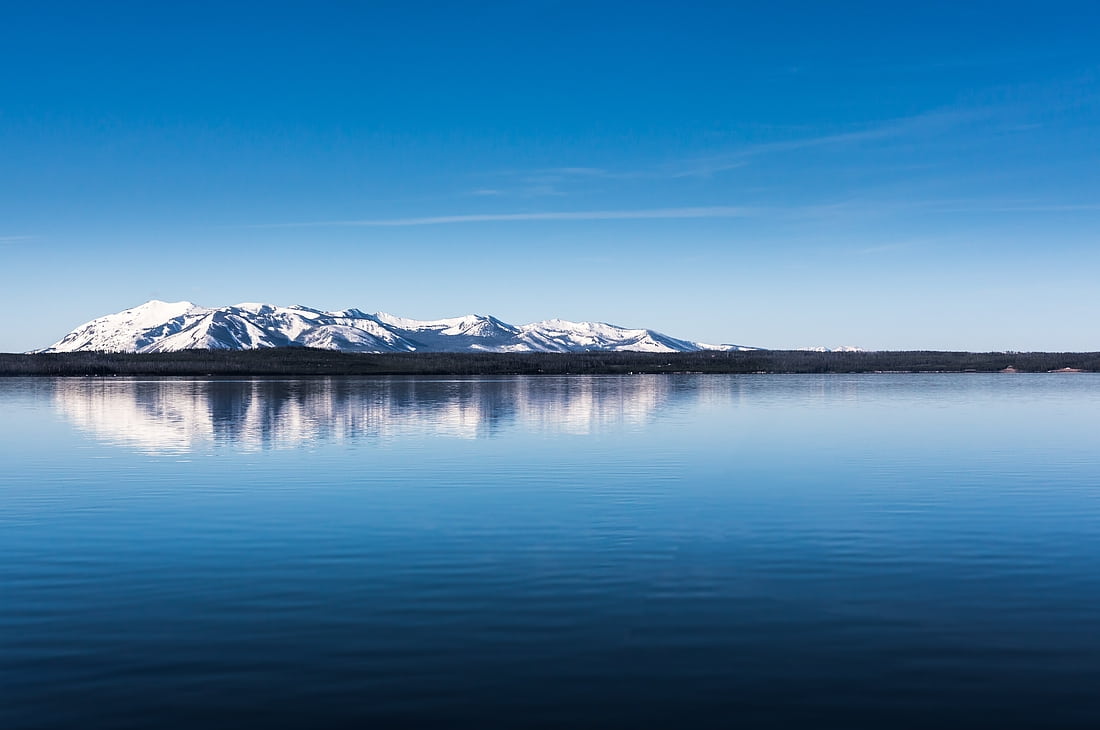
Visit the Yellowstone Lake
Yellowstone Lake, the park's largest body of water and the largest high elevation lake above 6562 ft in North America, is located in the heart of Yellowstone's West Thumb area. The lake is 19.9 mi long, 14.9 mi wide, and has a total shoreline length of 112 mi. You can't swim there because the water is too cold all year, but you may enjoy the landscape on hiking paths, with a fishing pole in your hand, or on a boat. It's worth noting that the lake freezes over in early December and can remain frozen until early June.
What to Eat in Yellowstone
Yellowstone boasts a lot of food alternatives compared to other national parks across the country. General stores, canteens, snack shops can be found inside the park. There are a few dining restaurants in Yellowstone, most of which are near major attractions like Mammoth Hot Springs, Old Faithful, and Yellowstone Lake. High-end restaurants such as the Lake Hotel Dining Room and the Mammoth Hotel Dining Room sell game meats like bison, elk, and trout, while in-park canteens serve informal fare like sandwiches.
Although Yellowstone National Park has a few food options within its limits, consider taking a cooler with lunch and snacks so you don't have to worry about staying near one of the park's more developed sections. Remember that getting from one attraction to the next in Yellowstone can take hours. Other restaurants can be located in the nearby local towns.
Getting Around Yellowstone
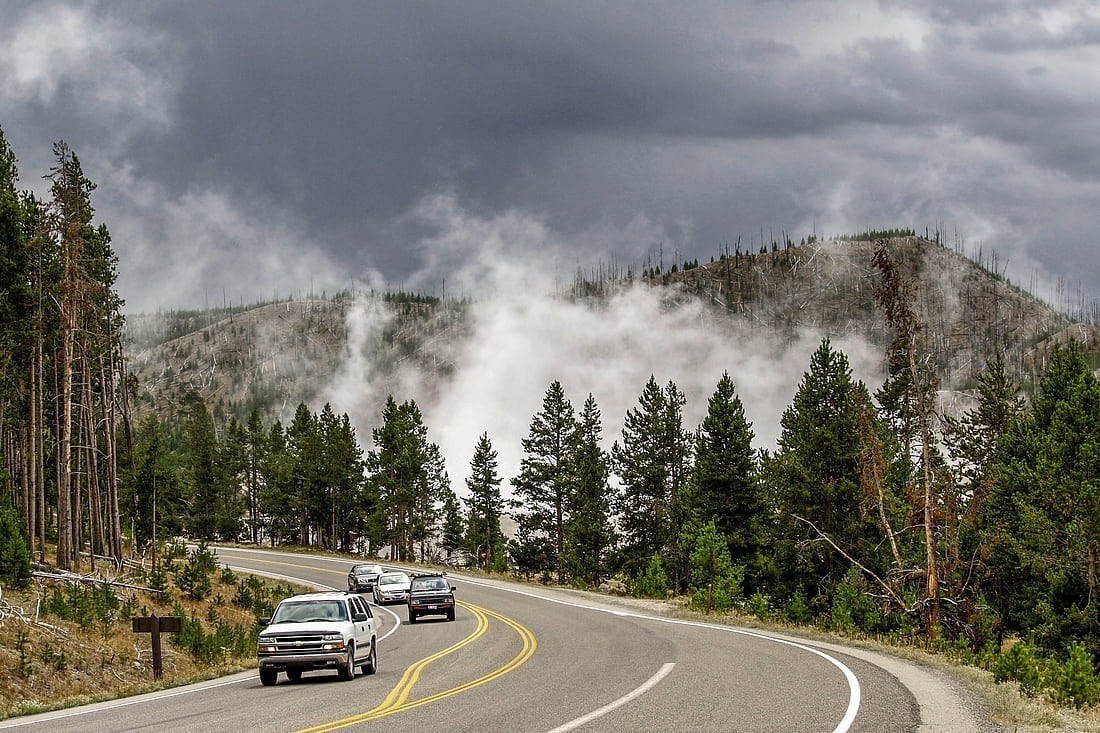
Because there is no public transit in Yellowstone National Park, driving by car is the easiest method to get about. Several reputable firms provided guided bus and van excursions of the area. In the meantime, a car is required for exploring various locations and attractions. At any of the surrounding airports, you can rent a car. Parking is available throughout the park, but it might be difficult to find depending on the time of year and day.
Interesting facts about Yellowstone National Park
- Yellowstone was established on March 1, 1872.
- It is the world's first National Park.
- Yellowstone National Park is visited by an average of 4 million people each year.
- The park is contained in three states: 96% in Wyoming, 3% in Montana, and about 1% in Idaho.
- The highest point in the park is 11371 ft at Eagle Peak and the lowest point in the park is 5282 ft at Reese Creek.
- Yellowstone has between 1000 and 3000 earthquakes annually, most are not felt.
- Yellowstone has more than 1800 archaeological sites.
- There are more than 300 active geysers and more than 290 waterfalls.
- Yellowstone is home to 67 species of mammals, 285 species of birds, 16 species of fish, 6 species of reptiles, and 5 species of amphibians.
- There are 466 mi of roads and 14.9 mi of boardwalks.
- Old Faithful, a world famous geyser, erupts every 92 minutes on average.
Written by: Tim Smith Tags: North America, United States
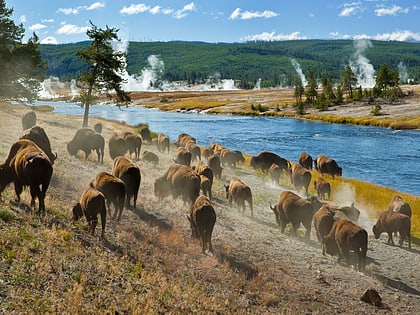
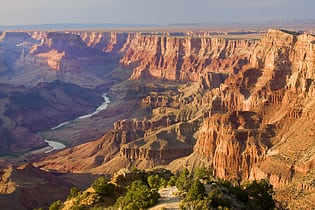
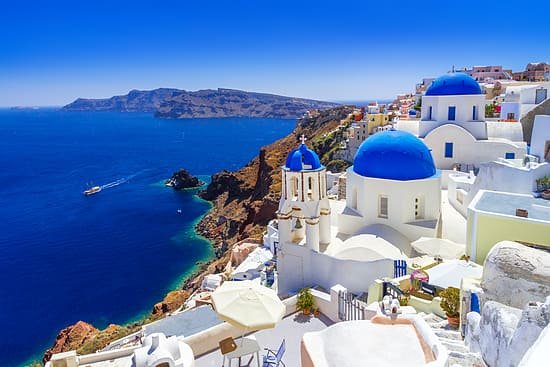




Comments